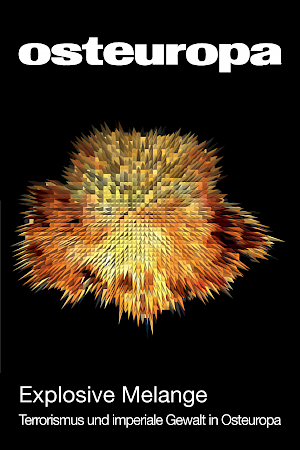Perceived Enemy Austria
The Terrorist Attack in Sarajevo 1914
Deutsche Fassung
Abstract
At the end of June 1914, revolutionary-minded young people murdered the heir presumptive to the Austro-Hungarian throne and his wife in Sarajevo. The assassination was the culmination of a series of terrorist acts that the youth movement Young Bosnia had planned and carried out against representatives of the Dual Monarchy since 1910. The attacks were an expression of the increasing tensions between the South Slavic national movements and the imperial centres of Vienna and Budapest, but also between the South Slavic movements themselves. Among the assassins, personal and political frustration blended to form an implacable hatred of Austria. The rest was provided by the consumption of radical writings that glorified violence, appealed for revolutionary action, and heralded a better order on earth after the overthrow of the alleged tyrants. The Sarajevo assassination triggered a spiral of escalation that within four weeks led to the First World War.
(Osteuropa 4/2016, pp. 63–81)



